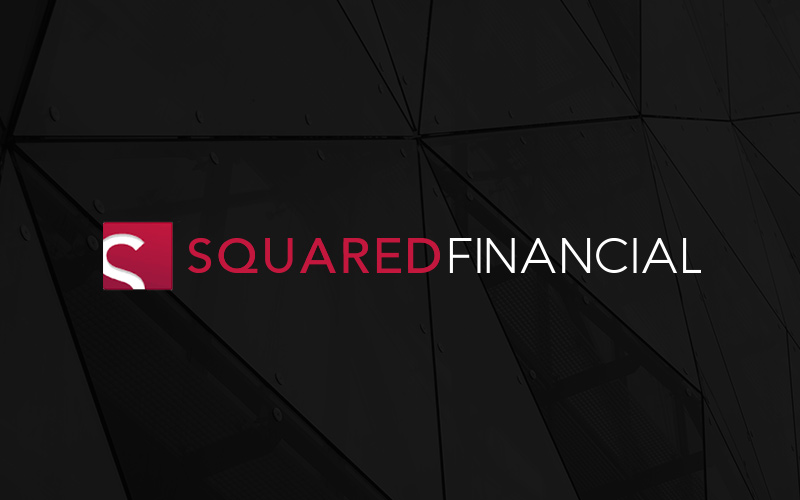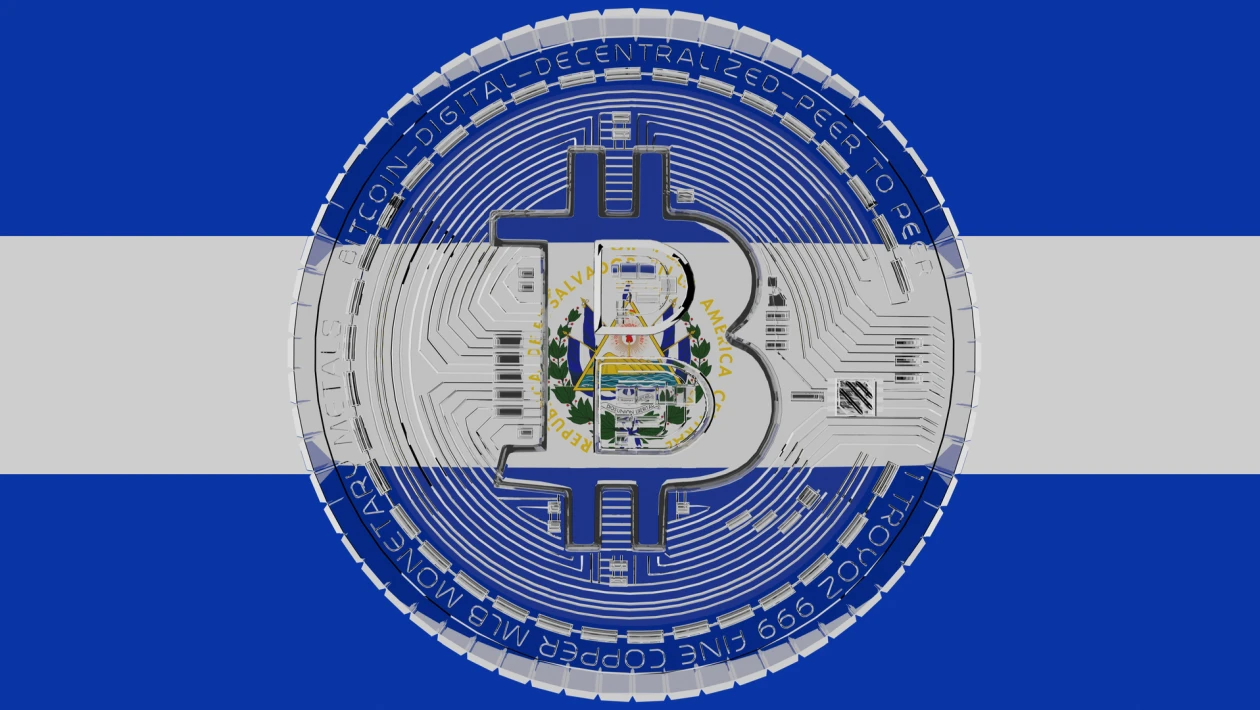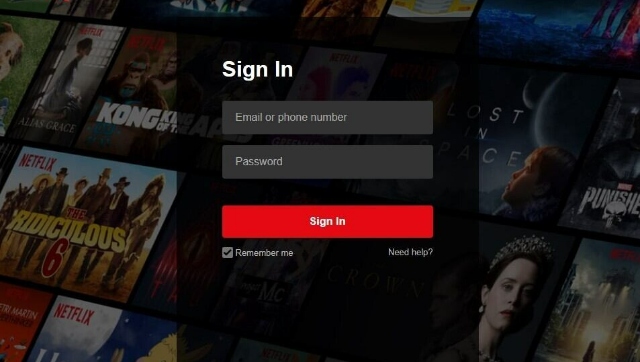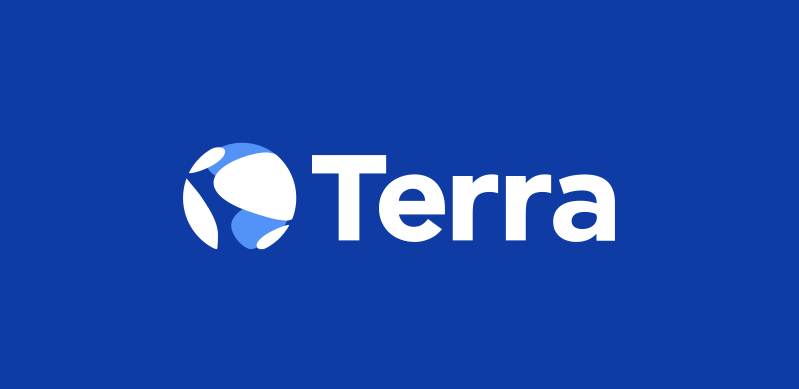Bitcoin Is Far More Than a New Form of Money.
Despite the fact that Bitcoin is widely seen as a new kind of money, it is significantly more complex.
Bitcoin is a multi-layered financial ecosystem with its own currency. Bitcoin is independent of today's banking and monetary systems due to this monetary system.
The native monetary system of Bitcoin is its most notable achievement and a unique feature. Fintech has been used to try to reconstruct finance throughout the previous two decades. Fintech advancements have resulted in a slew of new financial applications, but they're still still tied to the existing fiat system. Bitcoin was the first true breakthrough in money and finance.
This is due to Bitcoin's natural monetary policy, which is ingeniously simple, and its unchanging supply, which is unaffected by human discretion, something no other currency has had since gold. Bitcoin's monetary policy, in contrast to the yellow precious metal, is algorithmically determined and thus totally predictable, rule-based. It isn't based on an event or an emotion.
Bitcoin's monetary asset is built as neutrally as possible by depoliticizing monetary policy and anchoring it in a code that follows a precise formula. Bitcoin is truly sound money since it has the highest level of monetary stability, reliability, and security.
Bitcoin's asset is more aptly referred to as base money because this new type of global, digital money lives on a base layer. Bitcoin's blockchain, which serves as the final settlement network within Bitcoin's native, global monetary system, is used to settle this base money in a distributed manner.
So, Bitcoin the basic money – also known as on-chain bitcoin or BTC – is essentially "only" the first or base layer for a quickly expanding multi-layered financial order.
This crucial detail was obvious to Bitcoin's mysterious founder, which is why he carefully chose his terminology in the Bitcoin whitepaper. Satoshi Nakamoto referred to Bitcoin as an electronic monetary system, a nuance that many people have overlooked to this day.
In retrospect, Nakamoto should have emphasised the term cash, which has a specific connotation in monetary theory. Cash is a bearer asset that is often used to settle money transactions. It is derived from the old French term casse, which signifies money box or money in hand. As a result, it is a base money asset. As a result, I believe Nakamoto planned to use the Bitcoin blockchain as the foundation for a blockchain-based base currency.
While most people are aware of Bitcoin's monetary layer, many are unaware of the currency's rapid evolution into a financial ecosystem. The reason for this is that the new approach is not directly integrated into the Bitcoin protocol code.
This distinguishes it from other "smart contract" platforms such as Ethereum, Solana, Avalanche, Terra, and Binance Smart Chain. While these Turing-complete systems allow for native smart contract compatibility, Bitcoin's programming languages script has been purposely constrained. Bitcoin has been designed for stability, durability, and security by not going for full programmability on its base layer.
The implementation of any form of financial logic has been offloaded to a second layer within Bitcoin's multi-layered financial system. Sidechains like RSK or Mintlayer, second-layer protocols like the Lightning Network, or alternative layer 1 blockchains like Stacks that run alongside Bitcoin and have their own history of transactions are now populating this layer.
These various ways form the foundation of Bitcoin's financial system, which I refer to as the infrastructure layer. Its goal is to increase the expressive potential of Bitcoin in some way. In the meanwhile, this layer is a layer unto itself. The monetary layer may thus provide the necessary assurances for a sound monetary base asset, while the expressive financial logic in the form of smart contracts is relocated from Bitcoin's blockchain to the infrastructure layer higher up the stack.
The infrastructure layer of Bitcoin has sparked a free-market competition to develop a financial system on top of the cryptocurrency. Users benefit from this rivalry because more qualitatively diverse options offer more flexibility of choice. As a result, the more diversified and large the DeFi ecosystem on Bitcoin becomes, the better.
Users must realise that all projects accept some tradeoffs when it comes to consensus and security. Because different protocols perform distinct tasks, these tradeoffs will vary from project to project. Users gain from the variety since they can choose the options that they are most comfortable with.
In various ways, the multiple DeFi techniques on Bitcoin infrastructure provide smart contract capabilities for Bitcoin. Financial operating systems based on Bitcoin that reflect the third tier in Bitcoin's multi-layered financial order will emerge slowly but steadily to make this capability useful to as many users as feasible. Second layers and sidechains, which make up the infrastructure layers, will operate as intermediaries between Bitcoin's base layer blockchain and financial operating systems.
Sovryn is the most well-known Bitcoin-powered financial operating system (OS) to date. Sovryn is to Bitcoin what Windows or Mac OS is to computers: an interface that makes financial primitives established on the infrastructure layer usable for regular people. Liquidity, leverage, risk-taking, and arbitrage are examples of financial primitives. The more these primitives are apparent, the more efficient and useful Bitcoin's emerging financial order becomes. And financial operating systems like Sovryn are assisting in this endeavour.
While a financial operating system like Sovryn can bring together a variety of decentralised applications (dApps), these financial apps can also be used independently. The open and permissionless nature of Bitcoin means that anyone can contribute useful software to engage with the emergent financial system.
Within Bitcoin's multi-layered financial order, the numerous decentralised applications will form the fourth tier. On top of Bitcoin, token swaps, leveraged trading, collateralized lending, uncollateralized lending, and other features are emerging. Users can choose from a variety of infrastructure setups, including RSK, Liquid, Mintlayer, and others that have yet to appear.
In this monetary system, wallets are extremely important. Digital wallets that interact with Bitcoin-powered services like Muun, Hiro, and Liquality, as well as Ethereum-based MetaMask, are the internet's browsers. They make it simple for people to access the underlying technology.
Wallets are the fifth and highest layer in Bitcoin's multi-layered financial hierarchy, and they are the most natural to consumers. The further we go up the stack, the more room there is for innovation and development.
DeFi on Bitcoin is alive and well, as we've seen throughout this three-part mini-series. While it is still in its infancy compared to the rest of DeFi, Bitcoin-based DeFi is expected to flourish.
After all, many more Bitcoiners may be looking for a way to handle their Bitcoin-powered banking using some of their Bitcoin stash.

















